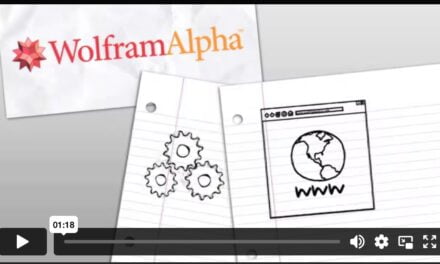In the last three weeks I’ve read or skimmed about 2,000 pages of scholarly articles about math reform efforts, technology for teaching, innovations, change movements, faculty development, community college statistics, learning theories, and distance ed statistics. If you had any idea how many topics I want to blog about every day, but don’t have time for right now …well, just forgive me for lame posts for a little while, okay?
In the meantime, you can read this paper called “Applications and Misapplications of Cognitive Psychology to Mathematics Education” by Anderson, Reder, and Simon. The full text is available at the link. Interestingly, this was never published, although a similar article (not specific to math) was published. I’ll warn you that I’ve read a few books on cognitive psychology, and it was still a difficult read because of all the terminology. However, I assure you, it’s interesting reading. If you find the first few paragraphs daunting, try skimming to where you read an applied example, then back up to read the section before it. It’s easier to get the vocabulary when you have a concrete example in your head to pair with it.
As a math teacher, I use a lot of student-centered learning strategies. I incorporate technology into my classes and emphasize the rule-of-four. However, I still insist on students learning some procedural skills (like derivatives and integrals) because I think there’s value in learning how to sort problems by their structure and carefully pick apart which changes to structure mean a change in technique. I found this paper validated that some of our “tried and true” teaching methods are not (according to cognitive learning theories) as “evil” as we may have been led to believe. Nor does the paper discount newer techniques. It simply brings new and old techniques into a sane balance. Likely, this is a balance that many of us have reached on our own, but it’s nice to be given some practical examples and the proper vocabulary for discussing the pedagogical innovations.



